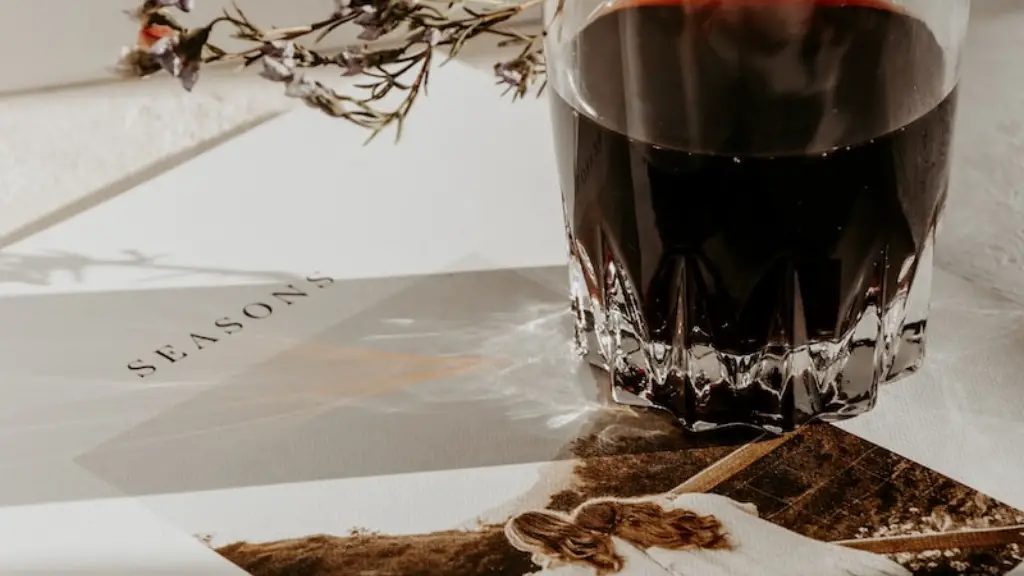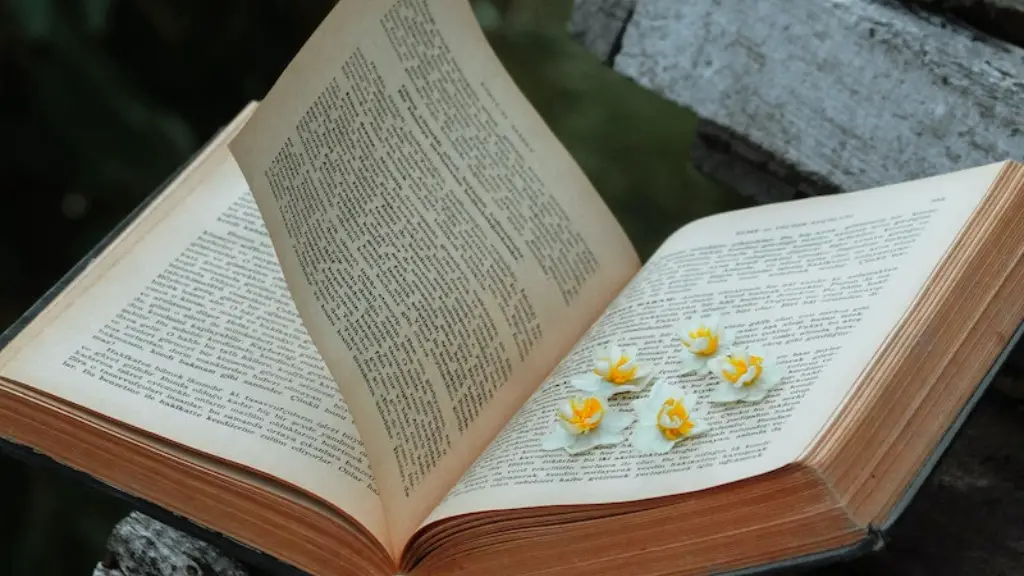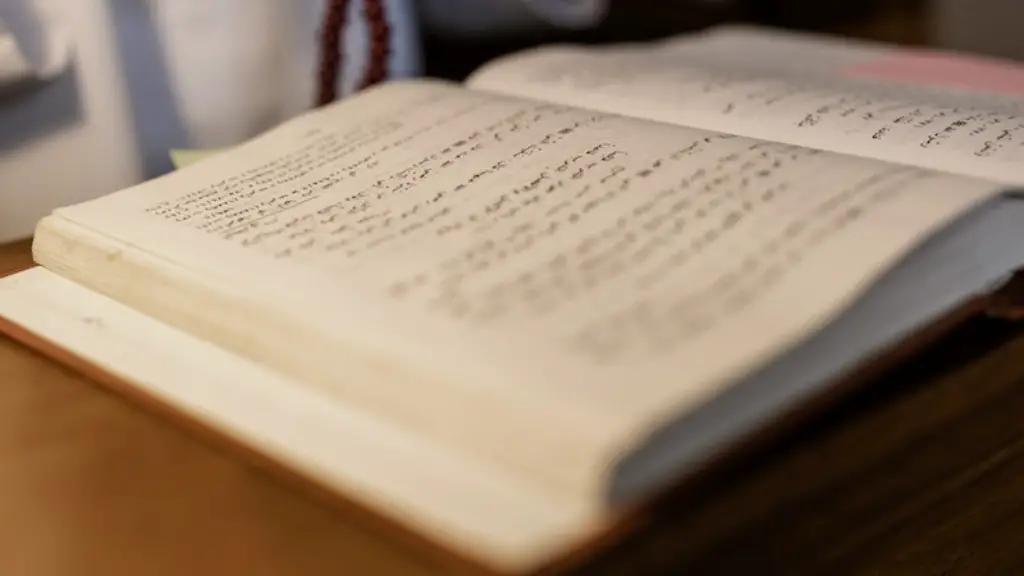Poetry is an art form created to express emotions and ideas through the use of words and images. While there are many varieties of poetry, two major types are traditional and modern. Traditional poetry essentially follows set patterns and structures in its composition, while modern poetry utilises a variety of more abstract methods such as free-verse, mixed-forms and collaborations.
Structure of Traditional Poetry
Traditional poetry conforms to a certain form, which includes the use of certain rhyme schemes, specified metre and specific stanza forms. A common example of traditional poetry is sonnets which have a set form of 14 lines with specific rhyme schemes, as well as other poetic forms such as Odes, Elegy, and Eulogy. Traditional poetry also often uses a phenomenon called “scansion”, which uses stressed and unstressed syllables to create the metre. This is a particularly useful feature of traditional poetry as it allows for additional rhythm and sound to the poem.
The use of strict poetry forms such as sonnets and odes has been popular for centuries, and still remains prevalent today. The use of traditional forms of poetry can often add a sense of classicism and solemnity to a poem, particularly when paired with historical references or classic language. While some poets choose to read and study traditional forms of poetry, others are content with writing only in a traditional form.
Introduction of Modern Poetry
In contrast to traditional forms of poetry, modern poetry tends to utilise more abstracted methods and themes. For example, free-verse is a form of modern poetry which does away with rhyme, metre and other distinct forms. This allows more flexibility with the poem and encourages poets to explore new ideas and perspectives. Modern poetry also tends to incorporate a lot of imagery and metaphor, allowing readers to get lost in the words and ponder their various interpretations.
Along with free-verse, modern poets often experiment with a variety of other poetic forms, such as mixed-forms which incorporate elements from multiple forms of poetry, and even collaborations with other poets or artists. These forms allow for a more diverse expression of emotions and ideas and can open up a world of possibilities for both the poet and the reader.
Creating a Sense of Unity with Spoken Word
The advent of modern poetry has also seen the emergence of a particular writing style known as spoken-word. This type of poetry relies heavily on the use of rhythm and wordplay to create an atmosphere of unity and connection between the poet and the reader. Spoken-word poetry often deals with issues such as politics, social awareness, and personal experiences. This type of poetry tends to be immediate and intense, and is used to invigorate and inspire the reader.
Utilising Metaphors for Emotional Resonance
Modern poetry often finds its strength in its metaphors – these can be used to evoke strong emotions in the reader and make them resonate with the words and meanings of the poem. Metaphors often blur the boundaries between the abstract and the concrete and allow the reader to experience the poem on a much deeper level.
Common metaphors used in modern poetry include those related to nature, love and death. These metaphorical images are often used to bring out powerful emotions which can help the reader to truly appreciate the depth of the poem.
The Synthesis of Traditional and Modern Poetry
While traditional and modern poetry have traditionally been viewed as polar opposites, many poets today have adopted various aspects of both forms to create a unique synthesis. This type of hybrid poetry often incorporates the free-verse of modern poetry, while maintaining the same sense of structure from traditional poetry. The result is a type of poetry which is both modern and classical, allowing for a diverse range of ideas and formats.
Conclusion
In conclusion, poetry is a deeply personal form of expression. While traditional and modern poetry are often discussed as two distinct categories, there is no wrong or right way to write or consume poetry. What matters most is the intention behind the poem and how it can touch and move the reader.


